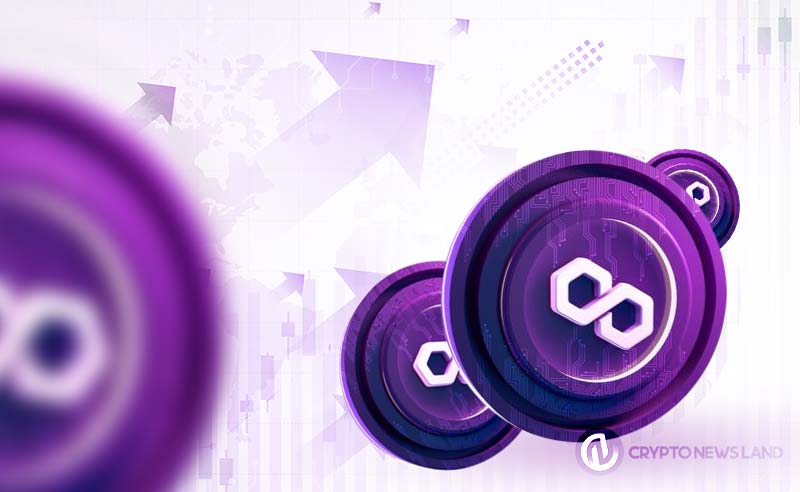- Polygon’s POL token redefines network security and roles for holders.
- Polygon 2.0 broadens into a web of interconnected Layer 2 solutions.
- POL introduces enshrined restaking, enabling multi-chain security participation.
A few months ago, Polygon (MATIC) made a groundbreaking announcement. In detail, they unveiled a colossal technical advancement with their new Polygon Optimistic Layer (POL). This upgrade is poised to transform the landscape of blockchain security and interconnectivity.
Today, Founder of Polygon Labs, Sandeep Nailwal, shares a detailed post about the matter. In particular, he talks about what this shift would mean for MATIC token holders and the POL upgrade.
He begins by explaining POL. POL represents a monumental leap forward in token design, redefining the way networks are secured and operated, he says. Unlike conventional restaking systems, POL introduces the concept of “enshrined restaking”.
This concept allows users to restake their tokens without exposing themselves to added risks. This innovation aims to enhance network decentralization by minimizing reliance on third-party entities, thereby creating a more robust and secure ecosystem.
He elaborates saying that at the core of this transformation lies the Polygon 2.0 proposal. Thus, with this upgrade, the Polygon Ecosystem is evolving from a single chain to a dynamic web of Layer 2 (L2) solutions that seamlessly interact and share liquidity.
In fact, Polygon’s Proof-of-Stake (POS) mechanism will transition into an L2 within this network of zk-powered L2s. Therefore, validators will undertake a multiplicity of roles, from securing the hub to generating proofs and orchestrating transactions as sequencers.
The Power of POL
POL will act as the linchpin of this evolved ecosystem. In Polygon 2.0, POL tokens will be staked in the central hub, enabling the token holders to participate in securing multiple chains across the network.
This transformative approach empowers token holders to engage in various roles while staking on numerous chains, enabling them to reap greater rewards without increasing their staked capital.
A Paradigm Shift in Token Design Described as a “third-generation token”, Nailwal says POL transcends the limitations of its predecessors. In the token evolution timeline, Generation 1 featured BTC, with holders unable to participate in network security. Likewise, Generation 2 brought ETH, permitting holders to stake for network security. Now, Generation 3 introduces POL, where holders can secure multiple networks and assume diverse roles.
As the Polygon network undergoes this revolutionary upgrade, it sets a new benchmark for blockchain security, flexibility, and decentralized governance. The introduction of POL stands as a testament to Polygon’s unwavering commitment to pushing the boundaries of what’s possible in the crypto space.
Read Also
disclaimer read moreCrypto News Land, also abbreviated as "CNL", is an independent media entity - we are not affiliated with any company in the blockchain and cryptocurrency industry. We aim to provide fresh and relevant content that will help build up the crypto space since we believe in its potential to impact the world for the better. All of our news sources are credible and accurate as we know it, although we do not make any warranty as to the validity of their statements as well as their motive behind it. While we make sure to double-check the veracity of information from our sources, we do not make any assurances as to the timeliness and completeness of any information in our website as provided by our sources. Moreover, we disclaim any information on our website as investment or financial advice. We encourage all visitors to do your own research and consult with an expert in the relevant subject before making any investment or trading decision.



